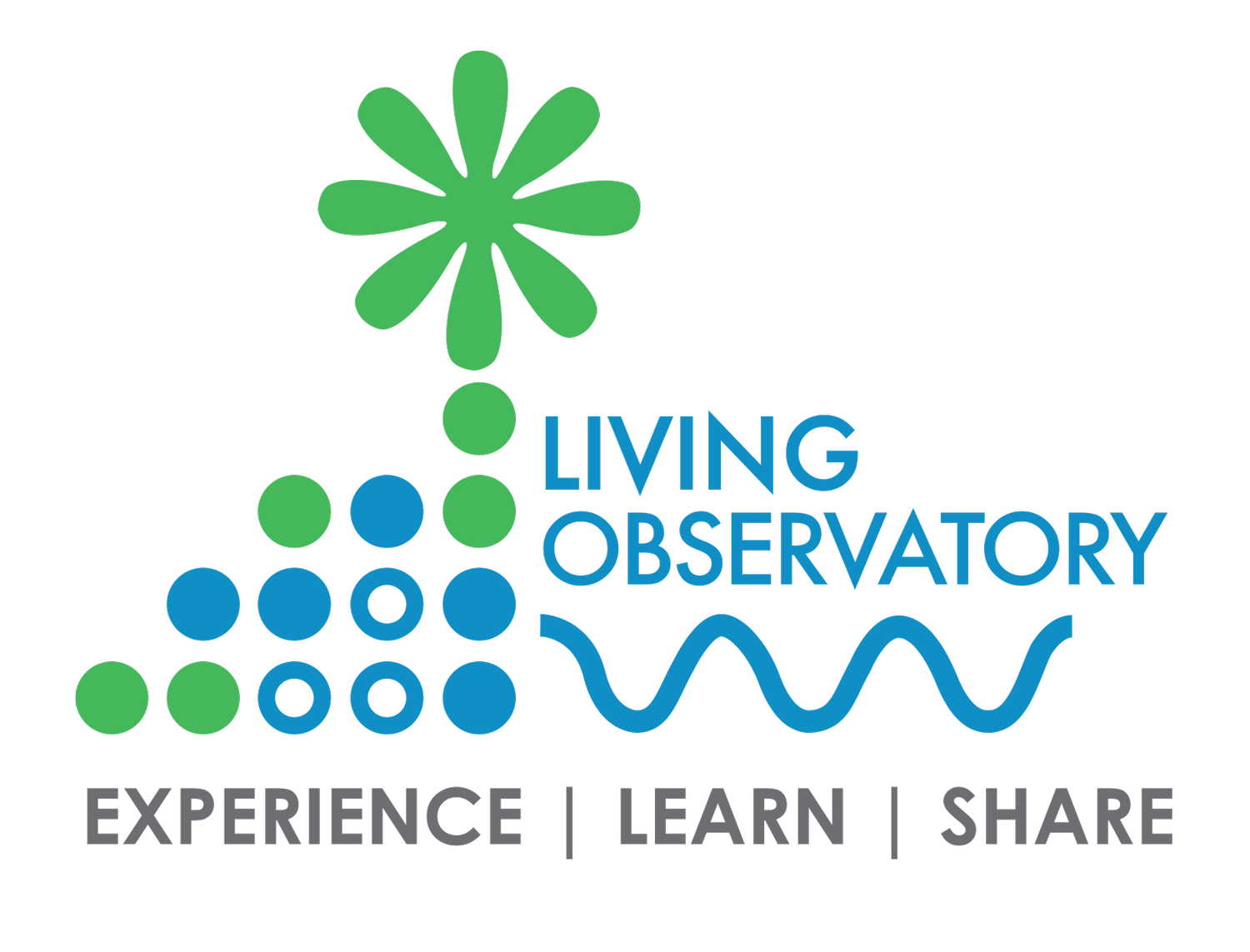22 Nov, 2012 Author: administrator
Living Observatory Introduced
Living Observatory is an effort to sense and understand landscape in the fullest, most sensual and most prophetic way possible. It involves a collective journey of experts and volunteers -- scientists, technologists, artists, storytellers and neighbors – who are willing to work together to re-invent how we witness ecological transformation: to peel back the skin of the landscape, attempt to envisage the subsurface, and evaluate the impact of the current anthropogenic regime.
In support of this effort, Living Observatory held its first annual Living Observatory – Tidmarsh Farms Research Summit, “Witness to Transformation: Developing New Tools to Document, Analyze an Experience a Changing Landscape “ on Friday, November 16. Held at the MIT Media Lab, this event brought together 33 scientists, restoration specialists and technologists. While all of these individuals have been engaged at some level in mapping, probing, monitoring and thinking about the visitor experience, many were meeting each other for the first time.
The meeting included a presentation of recent findings about the hydrology of the site by Prof. David Boutt of the Department of Geosciences at University of Massachusetts Amherst, with significant contributions by Daniele Hare, a research assistant working with Prof. Boutt. Alex Hackman, the restoration specialist from Massachusetts Dept of Fish and Wildlife Division of Ecological Restoration who is managing the Tidmarsh Farms - Beaver Dam Brook restoration project, helped tie these findings to the restoration plan.
In other sessions, participants from the public, academic and private organizations explored issues around monitoring habitat including the challenges and opportunities of real-time monitoring, how we might use technology as well as monitoring activities to augment the visitor experience, and issues of data preservation and use. Some of these topics will be high-lighted in later posts to this blog.
As the summit drew to a close, Kevin Brooks made the observation that Living Observatory celebrates stories from many perspectives and that these perspectives are reminiscent of The Powers of Ten, an iconic film made by Charles and Ray Eames in 1977. Today, as we consider how to grow these stories, we can invite a participant-audience to engage in story creation through crowd sourcing aspects of the research. As he points out, if people are engaged, they will care about the story that is being told.
This idea was put into practice the following day when the Public Laboratory held their Boston-area kite-mapping event on Tidmarsh Farms (see our next post).
Photosynth image of Boston Mapping Community


